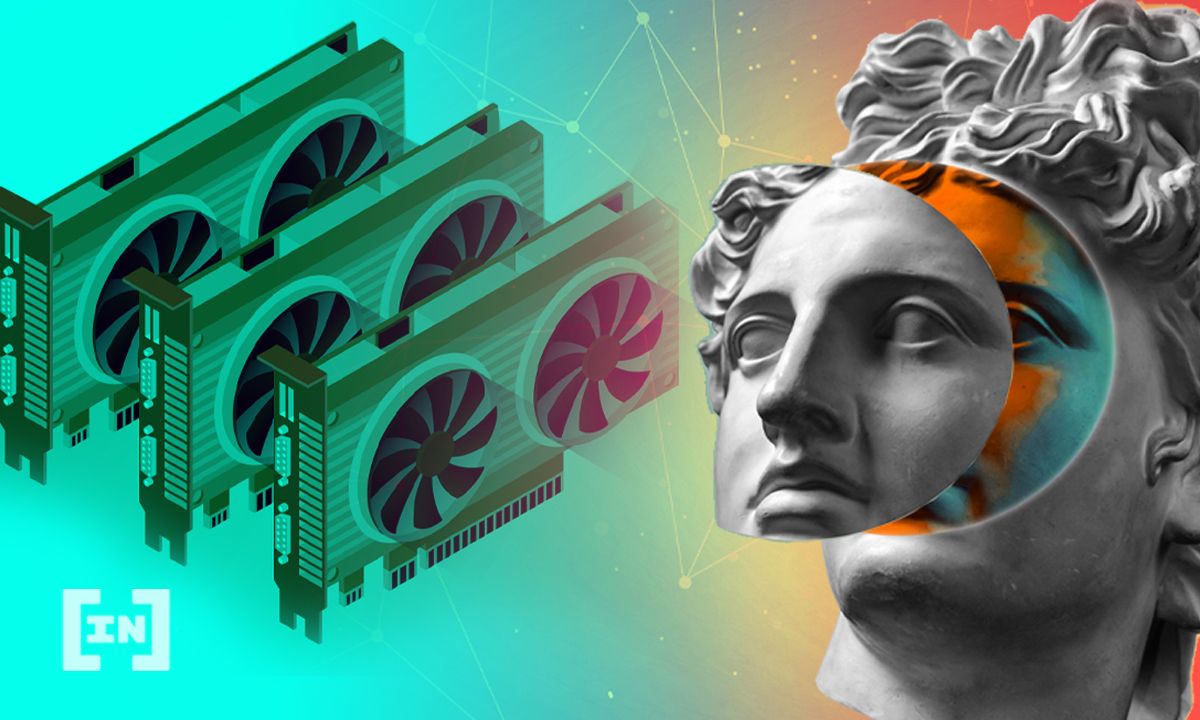Just ahead of their second quarter earnings release, Nvidia’s CFO Colette Kress forecast $400 million in crypto chip sales.
This is more than double its first quarter revenue of $155 million. Additionally, the revenue estimate for the segment including mining chips is $537.5 million, up from $327 million in Q1.
Crypto estimates
Meanwhile, other analysts have put forward several estimates, appraising the true size of Nvidia’s mining business. BMO Capital Markets’ analyst Ambrish Srivastava predicts a crypto revenue of $450 million, not too far off the company’s expectation. However, his estimate for the first quarter of $650 million was well above the $155 million Nvidia reported for solely its mining chips.
Overall, the forecast agreed upon by analysts is for adjusted earnings of $1.01 a share, on revenue of $6.3 billion. Additionally, Wall Street expects the company’s data center revenue to grow roughly 30% to $2.3 billion. Apart from its mining chip business, Nvidia’s core video game chip business is expected to grow 80% to $3 billion.
Crypto mining chips
The accuracy of these expectations will go far in determining how much exposure the company has to cryptocurrency mining empirically. Although cryptocurrency miners make up a large swath of the demand for Nvidia’s graphical-processing units (GPUs), due to their optimal crypto mining properties, the company cannot distinguish their contribution for their core gamers, despite being heavily affected by that wary demand previously.
During the previous crypto boom of 2017, Nvidia saw crypto miners devour its supply of graphics cards. It ramped up its production to accommodate for this demand. However, as the price of crypto swelled, miners moved on from graphics cards to more specialized custom chips. This left them with an abundance of unsold inventory, a position compromised further by a flood of used cards into the second-hand market.
As a consequence, Nvidia had to cut its annual sales forecast to $2.7 billion, in November 2018. This was a drop of $700 million compared to analysts’ estimates. This then caused investors to abandon the stock, which resulted in a loss of 20% over two days.
To avoid a similar boom and bust, Nvidia is discriminating its production between its different markets. For its graphics cards intended for gaming, Nvidia has limited the hash rate, which makes them inefficient for mining. Meanwhile, it has also introduced CMPs. Because they can’t be used for conventional graphic-related tasks, they will not flood the GPU secondary market. Distinguishing products will also help effectively quantify each of their consumer markets.
Disclaimer
In adherence to the Trust Project guidelines, BeInCrypto is committed to unbiased, transparent reporting. This news article aims to provide accurate, timely information. However, readers are advised to verify facts independently and consult with a professional before making any decisions based on this content. Please note that our Terms and Conditions, Privacy Policy, and Disclaimers have been updated.


